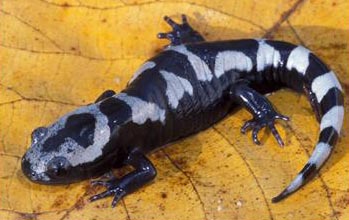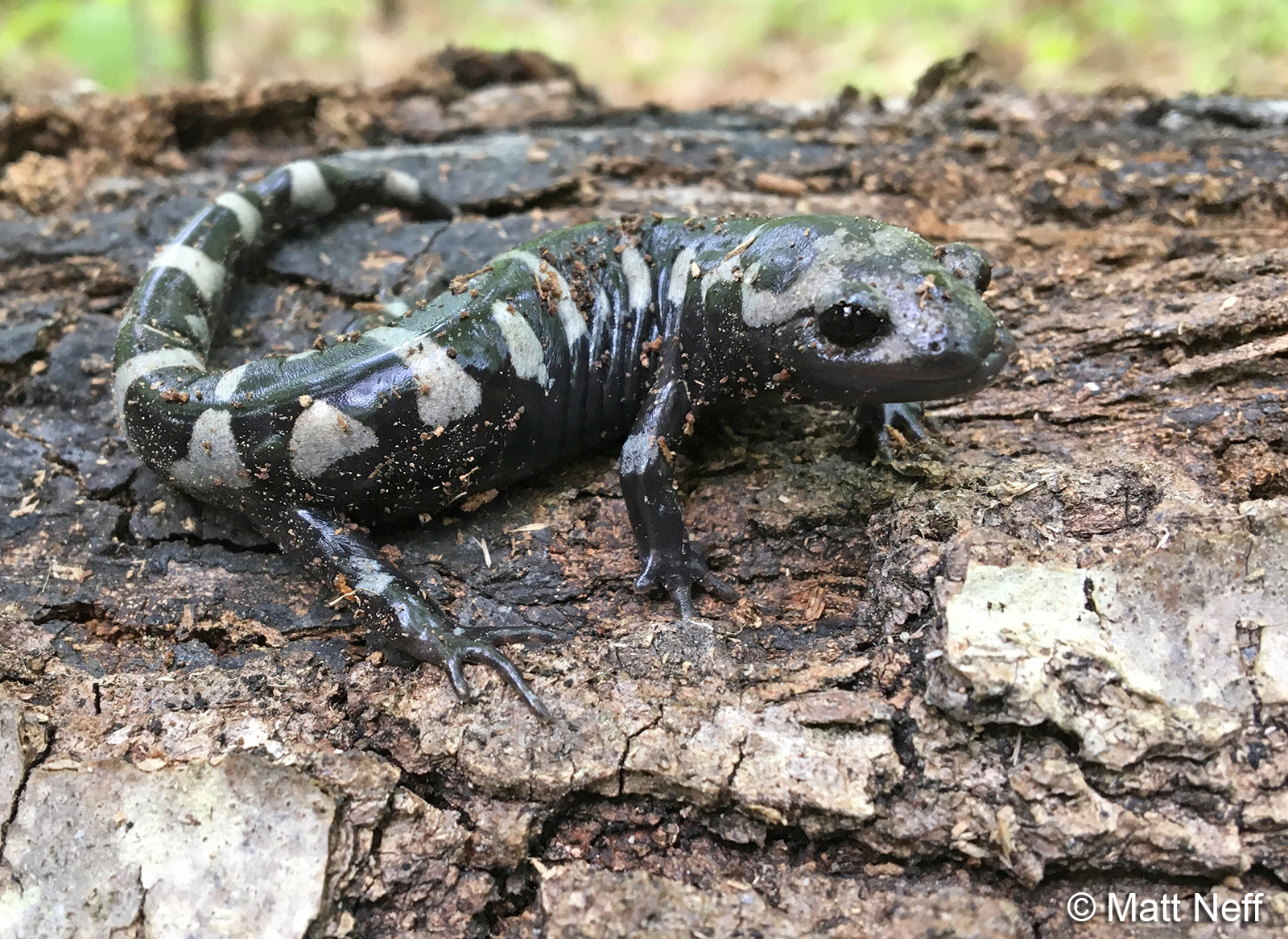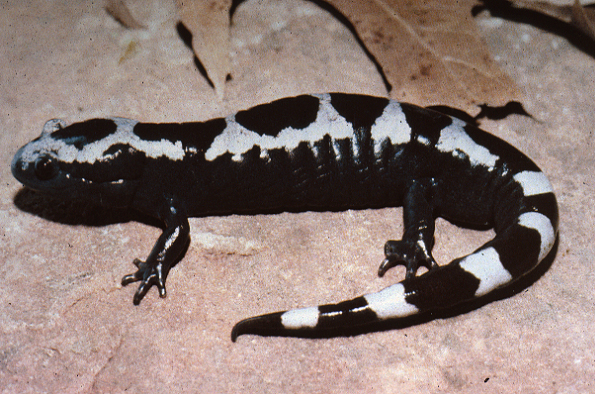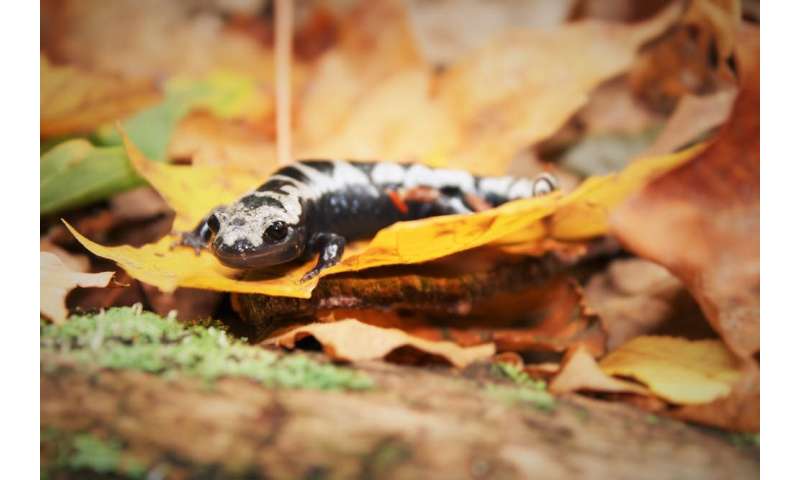Marbled Salamander Poison Glands
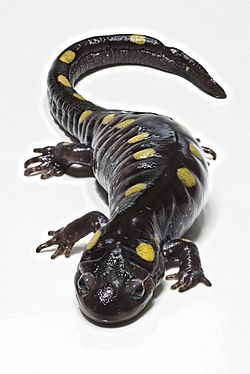
Marbled salamanders have no economic importance.
Marbled salamander poison glands. Petranka 1998 economic importance for humans. Adults spend most of their time in their burrows or under logs as is the case with most mole salamanders. The most common species that are kept in captivity are the. Most michigan salamanders begin breeding in the spring months with a few exceptions.
Poison glands located on the tail provide a degree of protection. Like many salamanders marbled salamanders have poison glands in their tails to help deter predators. It s a defense mechanism to try and stop other creatures eating them and who can blame them. These salamanders are considered common and are not protected in our region.
Marbled salamanders have no economic importance. Marbled salamanders are preyed upon by various woodland predators snakes owls raccoons skunks shrews weasels. Best places to see in tennessee. Found everywhere in the state except the northeastern corner.
These include the marbled salamander and the mudpuppy which breed in the fall the four toed salamander that breeds in late summer and fall and the red backed salamander which breeds in the fall through winter and early spring in some places. Like many salamanders marbled salamanders have poison glands to deter predators. The problem for your kitty is that this poison will get into their mouths if they try to lick pick them up or bite them. Marbled salamander fire salamander slimy salamander and tiger salamander.
Juvenile marbled salamanders hatch early compared. Marbled salamanders are preyed upon by various woodland predators snakes owls raccoons skunks shrews weasels. Some people say that salamanders get poisonous through eating and drinking or otherwise obtaining strong bacteria such as vibrio spp. Petranka 1998 how do they interact with us.
Animal diversity web the university of michigan museum of zoology. Poison glands located on the tail provide a degree of protection. Banded salamander scientific name. The poison that a salamander carries is made in the parotoid or granular glands.
One of north america s handsomest amphibians the marbled salamander spends most of its life below ground and is often overlooked by pet keepers however captives soon give up their secretive ways and with proper care have reached age 15. Salamanders excrete poisons through the glands in their skin when they are handled. Marbled salamanders have poison glands in their tails this species is solitary and will excavate a burrow which it defends from others of the same species. The marbled salamander is the state salamander of north carolina.
An adult marbled salamander. Those often kept as pets are considered less poisonous than some of their wild counterparts.


